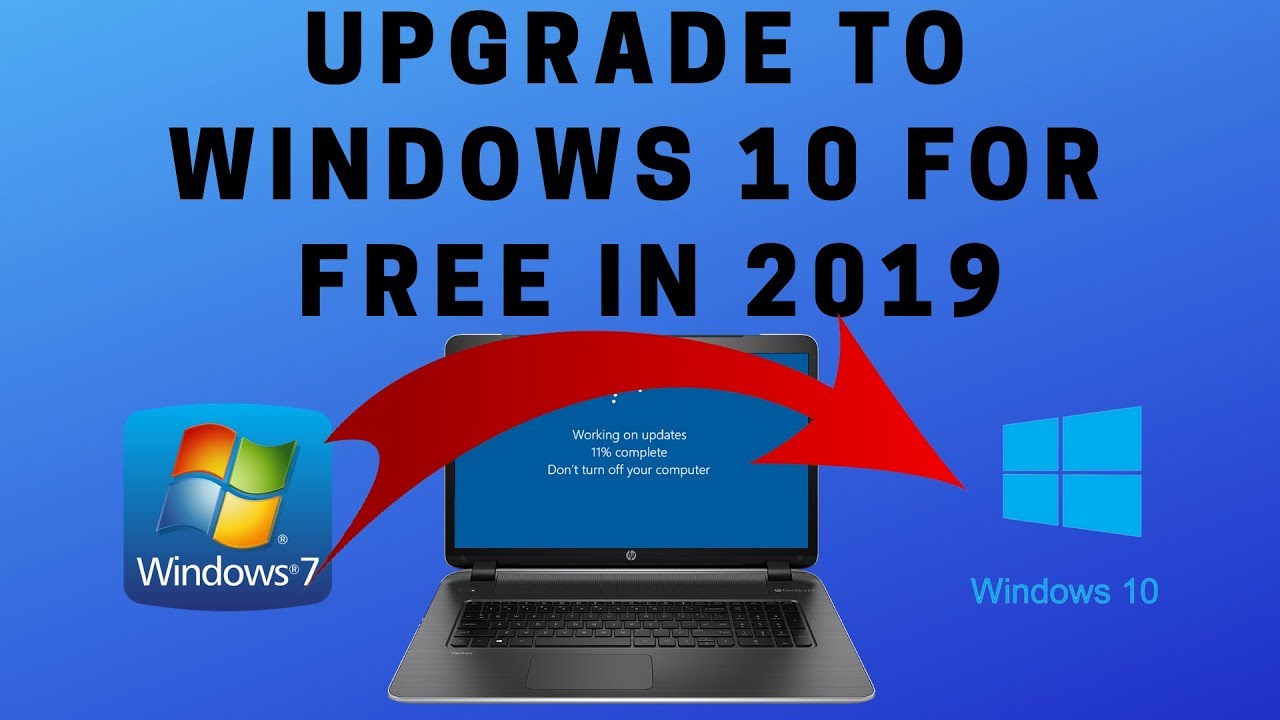
The vast majority of the Windows 11 migration issues I have personally encountered have been related to a Windows 11 installation on systems that either lack the necessary TPM 2.0 hardware or have that hardware disabled. The Windows Update utility indicates that the PC does not meet the Windows 11 system requirements.Īssessment of the Windows 11 migration process Sometimes PCs falsely report that they lack the minimum required hardware (Figure 1). However, Windows Update will not allow Windows 11 to install unless the PC adheres to the Windows 11 system requirements.

The most common upgrade method from Windows 10 to Windows 11 involves using the native Windows Update utility. The Windows 11 upgrade process has suffered from various issues ranging from hardware incompatibilities and cryptic error messages to post-upgrade problems with components such as File Explorer. The user interface was so different from previous versions of Windows that help desks were initially swamped with support calls from confused users who did not know how to use the new OS.Įven for the best-designed OSes with the smoothest UI transitions, operating system upgrades can cause many problems for end users, ranging from data loss to desktop personalization settings reverting to default values. Upgrades to Windows 8 were similarly problematic for many organizations. This led to several applications that worked in Windows XP failing in Vista. Before Vista, application developers worked under the assumption that their applications could run with unlimited permissions.

Vista caused a lot of application compatibility problems because of how the OS limited permissions.


 0 kommentar(er)
0 kommentar(er)
